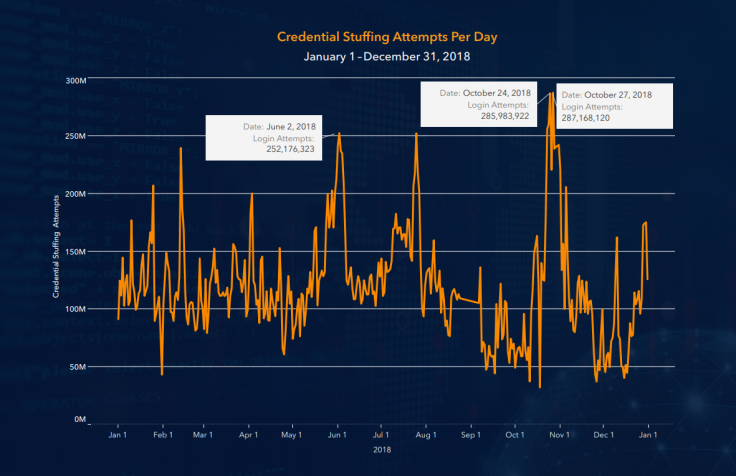Since the Internet of Things (IoT) has been a constantly evolving reality, the way the nodes communicate with each other keeps on changing faster thus helping mankind use them for applications from smart farming, home automation and communication between vehicles.
One of the key elements of the IoT is wireless communication between machines or Machine-to-Machine (M2M) Communication. Unlike mobile networks such as 4G, or WiFi networks, a significant proportion of M2M communications is characterized by very low transmission speeds, very small data packets and a huge number of devices.
Efficient, low complexity algorithms
Recent research presents efficient, low complexity algorithms so that the Internet of Things via satellite is increasingly accessible, due to the implementation of advanced random access schemes by satellite. Giuseppe Cocco, a researcher at the Department of Information and Communication Technologies (DTIC) and at the German Aerospace Center (DLR), along with researchers from the European Space Agency, published a study in International Journal of Satellite Communications and Networking recently on this.

The number of sensors connected to the same satellite can be extremely high. Say, a crop has a moisture sensor connected to a satellite that transmits information only when the humidity falls below a certain threshold. The sensor might not send any information for a long time and when it does decide to do so, the amount of data is very small (just a few bits). In this case, the volume of control data needed to establish a connection with the satellite network may exceed the amount of useful data (payload) transmitted by the sensor.
Even though each sensor transmits a small amount of data very occasionally, the total volume of traffic can be very large. In addition, removing or reducing control information in M2M traffic could lead to signals from different sensors interfering with each other, which could cause a loss of sent information and, in the event of heavy traffic, even to a network collapse.
Control of information
To solve this problem, new advanced systems of multiple random access allow control of information without affecting the performance of the network. These systems, instead of trying to avoid interference, increase it, leaving each node to transmit multiple copies of the same message without knowing if anyone else is transmitting at the same time.
"The trick is in how the receiver exploits this interference to clean the received signal, extracting useful information from it", said Cocco.









